A recent study by George, A. S. (2024) titled “Camel Milk Production as an Adaptation to Climate Change Induced Drought in East Africa” published in Partners Universal Multidisciplinary Research Journal, shows that East Africa is severely affected by droughts due to climate change, leading to a significant decline in cattle populations.
“
Camel milk production is a sustainable adaptation strategy for East African pastoralists facing climate change-induced droughts.– George, A. S. 2024
Climate change has dramatically reshaped the landscapes and livelihoods of East Africa, with global warming triggering severe droughts that have devastated pastoralist communities. These droughts have led to a significant reduction in cow populations, jeopardizing the primary source of income and sustenance for many families. The traditional reliance on cattle is increasingly unsustainable as water sources dwindle and grazing lands become barren. In response to these challenges, East African governments and communities are turning to camels as a more viable livestock option. Camels possess physiological traits that make them far better suited to arid conditions compared to cows. They can survive with less water and endure higher temperatures, making them an ideal livestock choice in the face of prolonged droughts. This shift has given rise to initiatives promoting camel milk production as a sustainable adaptation strategy. The economic potential of camel milk is substantial. The milk from camels is not only rich in nutrients but also increasingly in demand, particularly in the Middle East. Projections indicate that the global market for camel milk could reach a value of $13 billion by 2030. This burgeoning demand offers East African pastoralists a lucrative opportunity to stabilize and grow their incomes despite the adverse effects of climate change.
How the Study was Conducted
The author employed a comprehensive literature review to assess camel physiological adaptations that enhance their resilience to heat stress and drought compared to cattle. Secondary data on camel milk production development and demand drivers were evaluated, including market reports and dairy consumption trends. Regional policy trends in Kenya, Ethiopia, and Somalia were analyzed, focusing on programs supporting camel dairying value chains and herd restocking initiatives. Livestock population statistics were analyzed to document changes in cattle and camel herd sizes, reflecting the impact of climate change on pastoral livelihoods.
What the Authors Found
The author found that East Africa is severely affected by droughts due to climate change, leading to a significant decline in cattle populations. The author also posits that Camels are more resilient to drought conditions compared to cattle, making them a suitable alternative for pastoralists. In addition, transitioning to camel milk production offers economic benefits and is a viable climate change adaptation strategy.
Why is this Important
Livelihood Preservation: Climate change-induced droughts threaten the livelihoods of pastoral communities in East Africa. Understanding alternative strategies, such as transitioning to camel milk production, is crucial for their survival.
Resilience and Adaptation: The research highlights the physiological advantages of camels over cows in arid conditions. By adopting camel pastoralism, communities can better adapt to changing environmental conditions.
Economic Opportunities: Camel milk has economic potential, with growing demand in the Middle East. Supporting this transition can boost local economies and improve farmers’ income.
Policy Implications: The study emphasizes the need for government policies that facilitate camel milk production. Veterinary services, market access, and research are essential for successful adaptation.
What the Authors Recommend
- The author advocates encouraging pastoral communities to transition from cattle farming to camel milk production. This involves providing support for camel herding practices and creating awareness about the economic benefits.
- The author suggests that governments in East Africa should develop policies that facilitate camel milk production. This includes investing in veterinary services, improving market access, and integrating camel farming into existing livestock programs.
- The author recommends that further research is needed to understand the long-term sustainability of camel milk production. This includes studying market dynamics, consumer preferences, and herd management practices.
In conclusion, the shift towards camel milk production represents a promising adaptation strategy for East African pastoral communities facing the harsh realities of climate change-induced droughts. Camels’ resilience to arid conditions and the burgeoning global demand for their milk offer a sustainable economic opportunity, potentially transforming livelihoods and stabilizing incomes. For this transition to be successful, it is imperative that governments and policymakers invest in supportive measures such as veterinary services, market access, and awareness campaigns. Further research is essential to ensure the long-term sustainability and profitability of this adaptation, paving the way for a resilient future in the face of climate change.



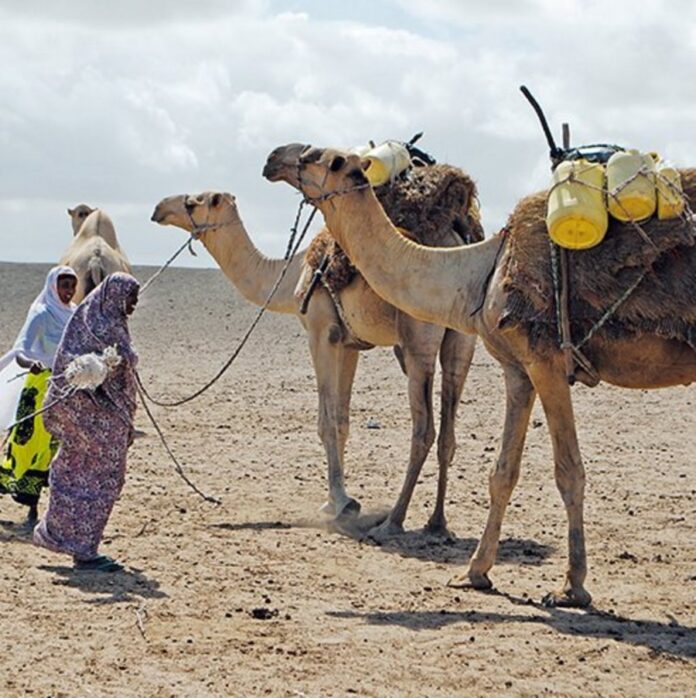

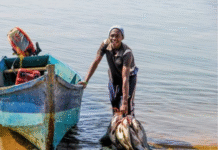
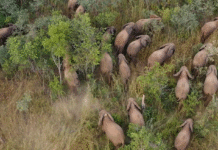

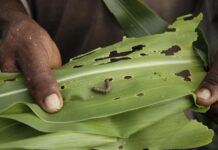

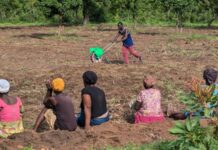
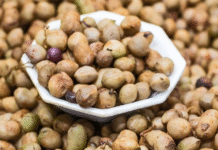
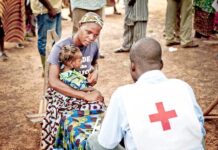



 The African Research (AR) Index is a comprehensive scholarly directory and database focused explicitly on journal publishers that publish and disseminate African research.
The African Research (AR) Index is a comprehensive scholarly directory and database focused explicitly on journal publishers that publish and disseminate African research.

